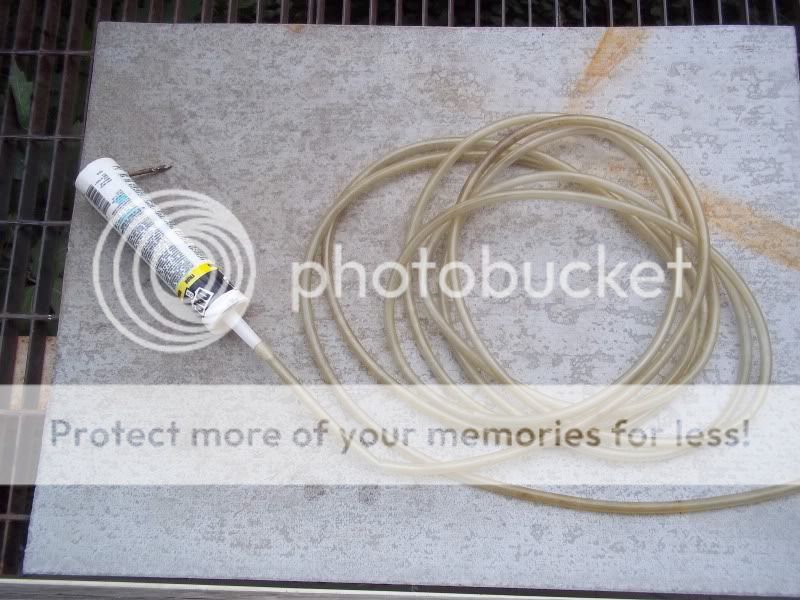Doug in Illinois
Member
I need to level a couple spots, one for a pole barn 40x60 and the other for a 24 foot above ground pool.
The "cheap" transits are for indoor use only. I am hoping to get one for about $250 or so.
I am looking at a Dewalt DW090PK 20X on Amazon. Still made of plastic, but should work for my needs IF it will shoot a readable signal for about 70 feet or so.
DOUG
The "cheap" transits are for indoor use only. I am hoping to get one for about $250 or so.
I am looking at a Dewalt DW090PK 20X on Amazon. Still made of plastic, but should work for my needs IF it will shoot a readable signal for about 70 feet or so.
DOUG


